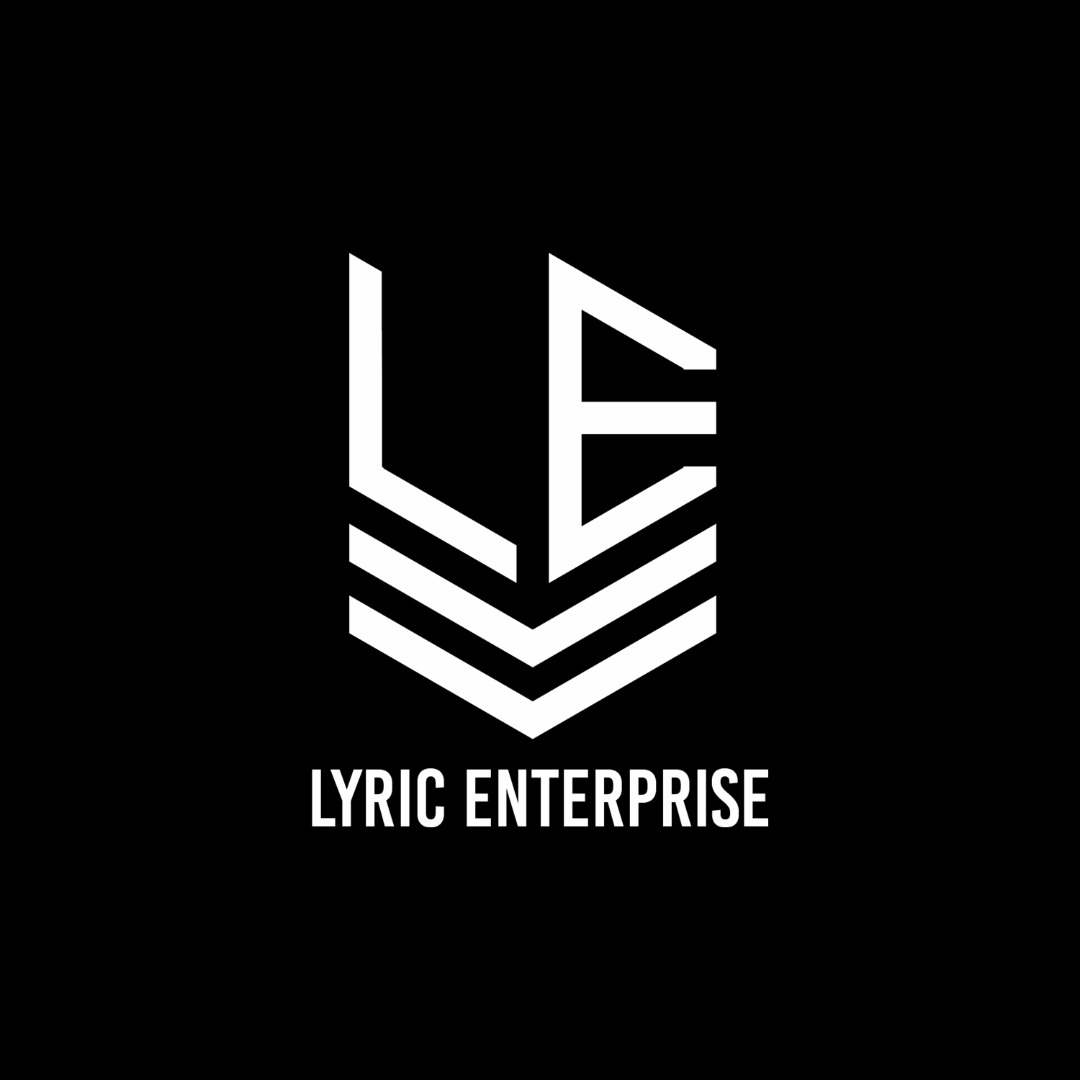Jimisha Avlani, a human resources executive based in Pune with over seven years of experience in India’s fast-paced IT services sector, believes that many companies have turned employee engagement into a checklist rather than a commitment. Surveys, birthday emails, and one-off recognition programs fill annual calendars, but often miss the mark on providing employees with authentic connection and purpose.
For years, HR departments measured engagement through scores and participation rates. Today, those numbers no longer tell the full story. As hybrid work redefines how people relate to their jobs and colleagues, engagement must evolve from a data point into a lived experience.
“Engagement isn’t about how often employees smile during meetings,” says Jimisha Avlani. “It’s about whether they feel seen, supported, and connected to something that matters.”
From Tasks to Trust
Traditional engagement models often rely on campaigns like quarterly town halls, wellness challenges, or feedback forms. While these initiatives have value, they risk becoming transactional if not paired with trust-building.
Real engagement develops through everyday interactions that make employees feel valued. Trust begins with transparency. Clear communication regarding company goals, progress, and challenges creates ownership. Leaders who share both successes and setbacks cultivate authenticity.
When employees see honesty, they respond with effort and loyalty. Listening with intent is key. Trust doesn’t grow from surveys but from conversation. Employees who feel safe to share ideas or frustrations, engagement becomes natural, not forced.
Open dialogue also allows organizations to respond faster to issues like burnout or disconnect. Instead of waiting for annual reviews, managers can address small frictions before they escalate. This proactive approach builds stronger teams and reinforces psychological safety.
Pay and perks once drove engagement, but now, purpose and belonging take the lead. Employees, especially younger professionals, want to see how their work contributes to something meaningful. Purpose fuels resilience during challenges and unites teams around shared values.
Companies that connect daily tasks to a broader mission foster motivation that outlasts bonuses or promotions. When purpose becomes part of the culture, engagement deepens naturally. It shifts from compliance to contribution.
People are more inclined to connect to stories than slogans. Every leader should be able to explain how their team’s work moves the organization forward in human terms, not corporate jargon.
Stories pertaining to client impact, innovation, or social responsibility give work emotional weight. They remind employees that their efforts matter, turning routine tasks into contributions to a greater goal.
Recognition is one of the simplest, yet most underused, engagement tools. Too often, it’s limited to end-of-year awards or sporadic praise. Effective recognition is frequent, specific, and sincere. It acknowledges results as well as the effort, creativity, and collaboration that drive them.
Feedback should follow the same principles and be constructive, consistent, and rooted in respect. A culture that pairs recognition with honest guidance builds growth rather than competition. In hybrid environments, where visibility can be uneven, intentional recognition ensures no one feels overlooked.
Notes Avlani, “Recognition should feel personal. A private message or quick call often means more than a grand announcement. It tells people they matter beyond their output.”
Technology can support this with peer-to-peer appreciation tools or engagement platforms, but the intent must remain human. Digital systems amplify recognition, but they don’t replace empathy.
The Human Connection in Hybrid Work
Hybrid work challenges the traditional pathways of engagement. Without shared physical spaces, leaders must create new rituals of connection. Scheduled check-ins, informal coffee chats, and inclusive virtual meetings sustain relationships across distances. Physical offices are no longer the center of engagement but instead one of many channels.
What matters is consistency. When employees receive steady communication and care regardless of where they work, they feel part of the same story. HR’s role is to design systems that blend structure with spontaneity: a mix of planned interactions and open spaces where ideas can flow freely.
Managers should be equipped to spot disengagement early, not by counting attendance but by noticing silence, fatigue, or withdrawal in digital interactions. Connection takes creativity now. You have to design moments that spark genuine conversation versus filling calendars with meetings.
Engagement surveys and analytics in employee development still matter, but they should inform, not define. Numbers highlight patterns, still they can’t capture tone, trust, or emotion. HR leaders must balance quantitative insights with qualitative understanding.
Pulse surveys, focus groups, and one-on-one interviews provide texture to data. Measuring sentiment through language analysis or anonymous feedback can reveal unspoken issues. The goal is not to collect data for its own sake, but to turn it into meaningful action.
Data should guide leaders toward empathy-driven decisions like adjusting workloads, offering career development, or improving communication channels. When employees see follow-through, trust in the process grows.
“Metrics without meaning create disengagement. When people fill out surveys and nothing changes, they stop believing. Action builds credibility,” says Avlani.
Cultivating Belonging Through Leadership
The most powerful driver of engagement is the relationship between employees and their immediate leaders. Managers translate company values into daily experiences. When they lead with empathy, inclusion, and clarity, engagement flourishes.
Training managers to recognize employees’ emotional cues, manage hybrid dynamics, and give compassionate feedback strengthens the entire culture. Leaders who model vulnerability, acknowledging stress or asking for help, make it acceptable for others to do the same.
Organizations that promote empathy-driven leadership see lower turnover and higher innovation. Belonging turns into a business advantage. Engagement starts where leadership becomes human. It’s not a project for HR alone but a responsibility shared by everyone who manages people.
Employee engagement is a long-term ecosystem, not a quarterly goal. To sustain it, organizations must align values, communication, and recognition into a single rhythm. The best engagement strategies evolve with feedback and adapt to new ways of working.
True connection grows when employees trust that their voice has weight, their work has meaning, and their leaders care. The most engaged teams are not those with the most programs, but those with the most authentic relationships.
Checklists might measure activity, but connection measures impact. The future of engagement belongs to workplaces that lead with empathy, act with purpose, and never forget that behind every metric is a person.




